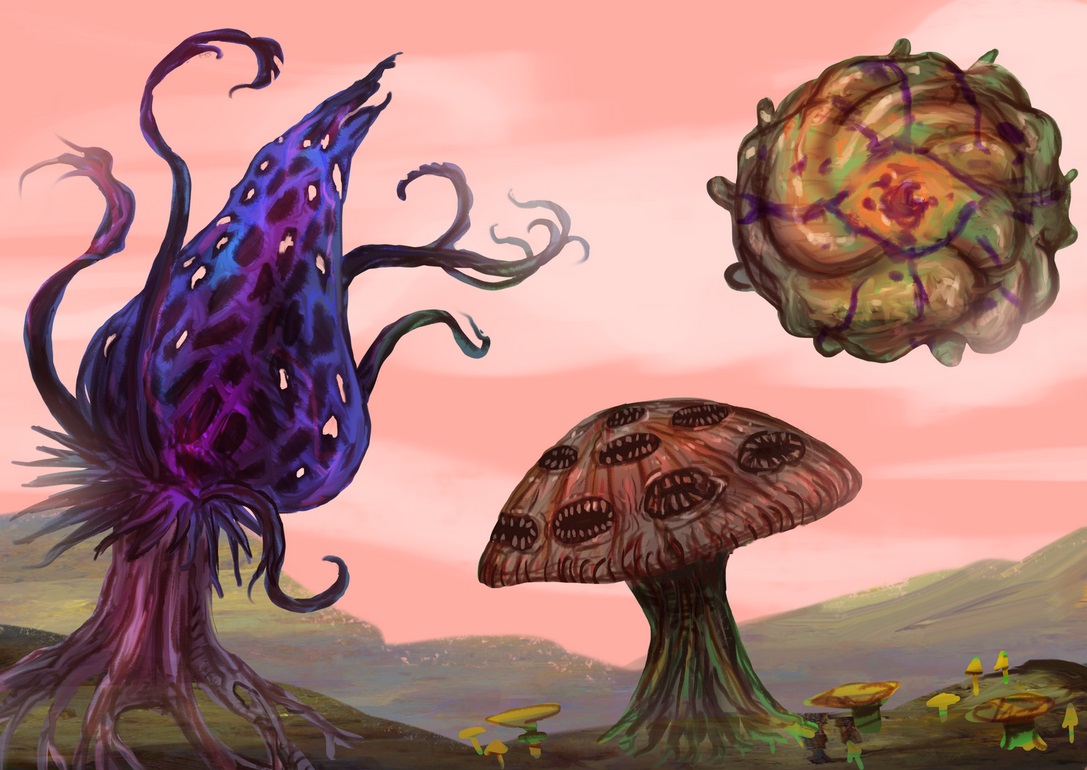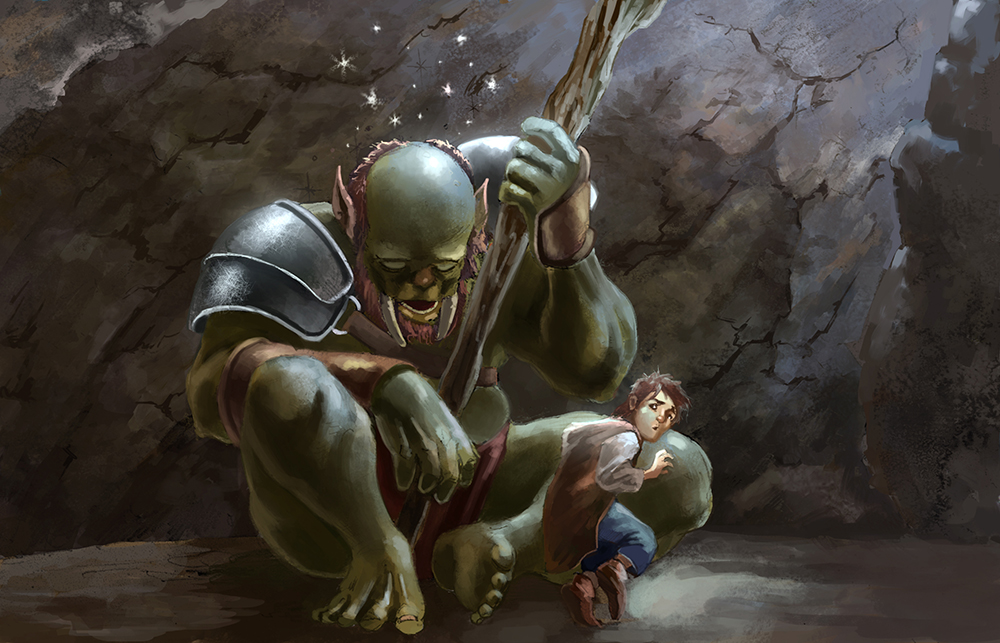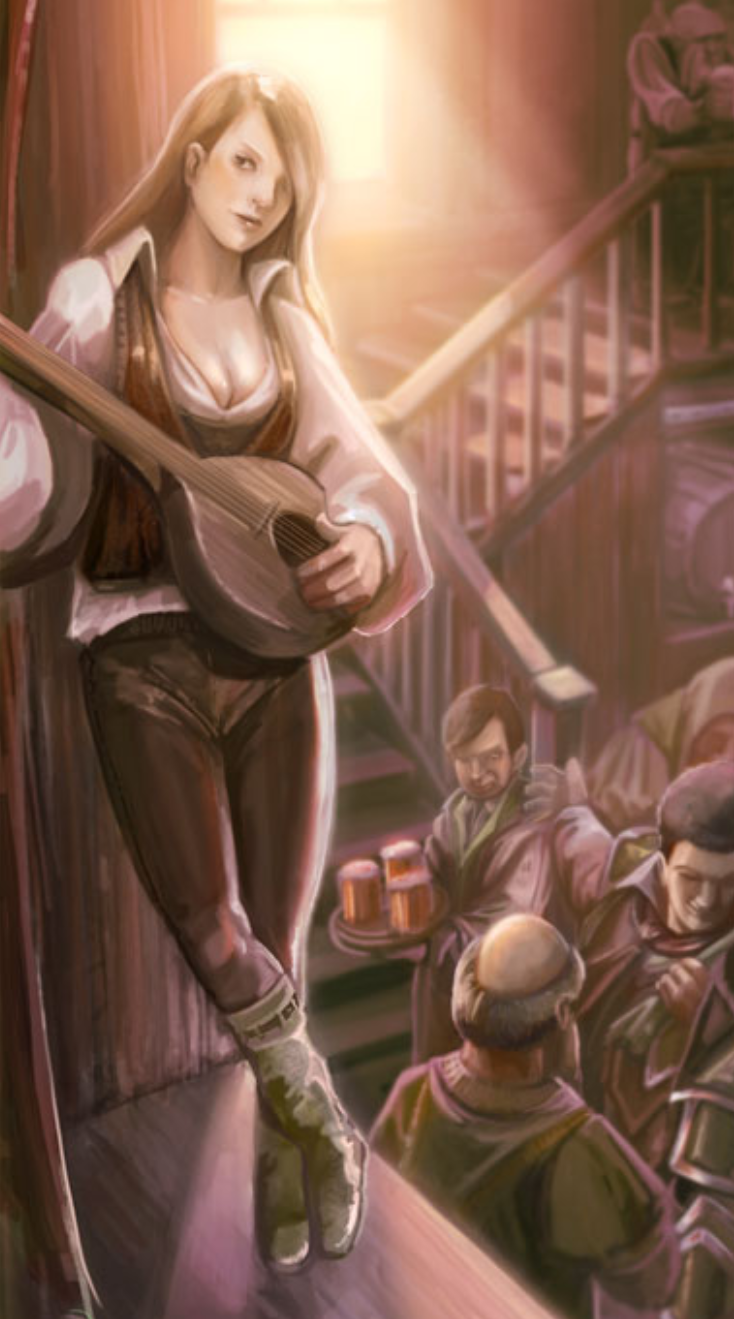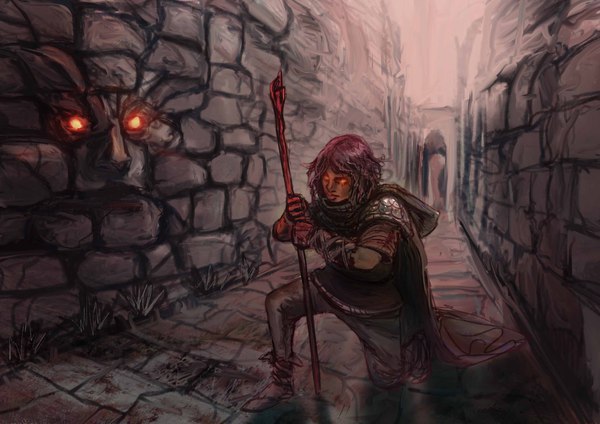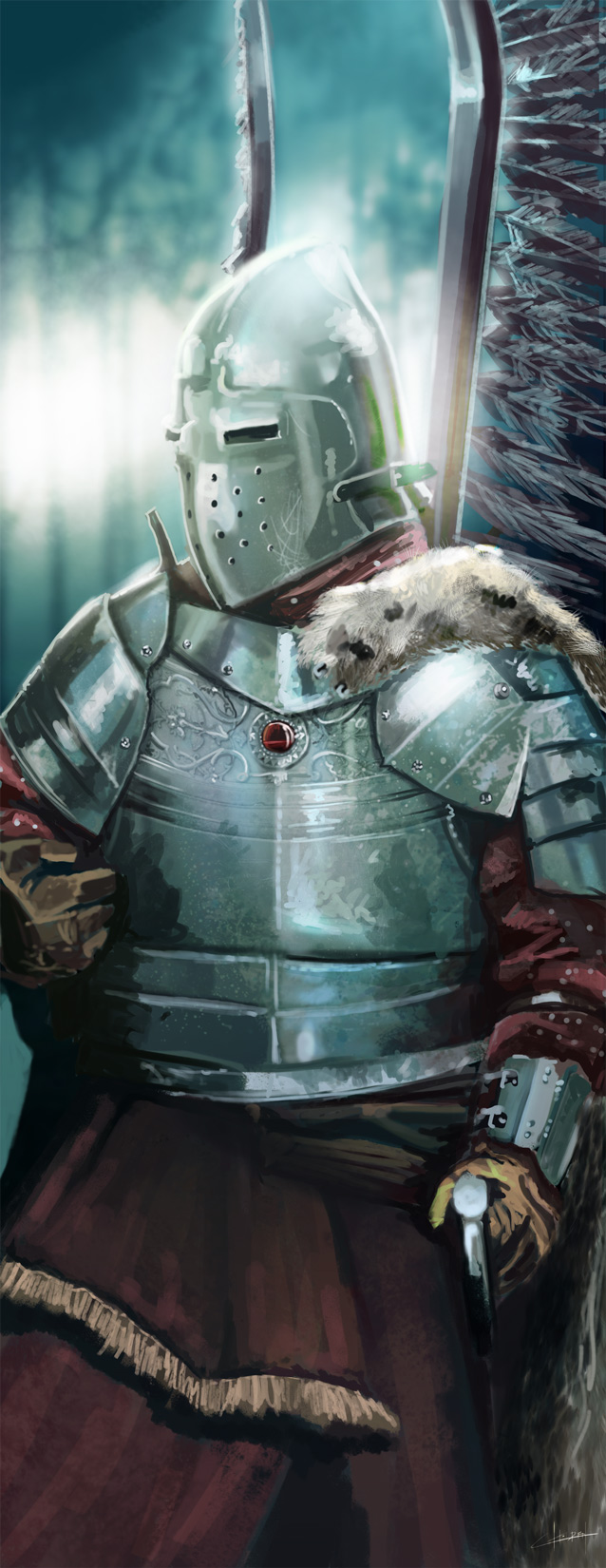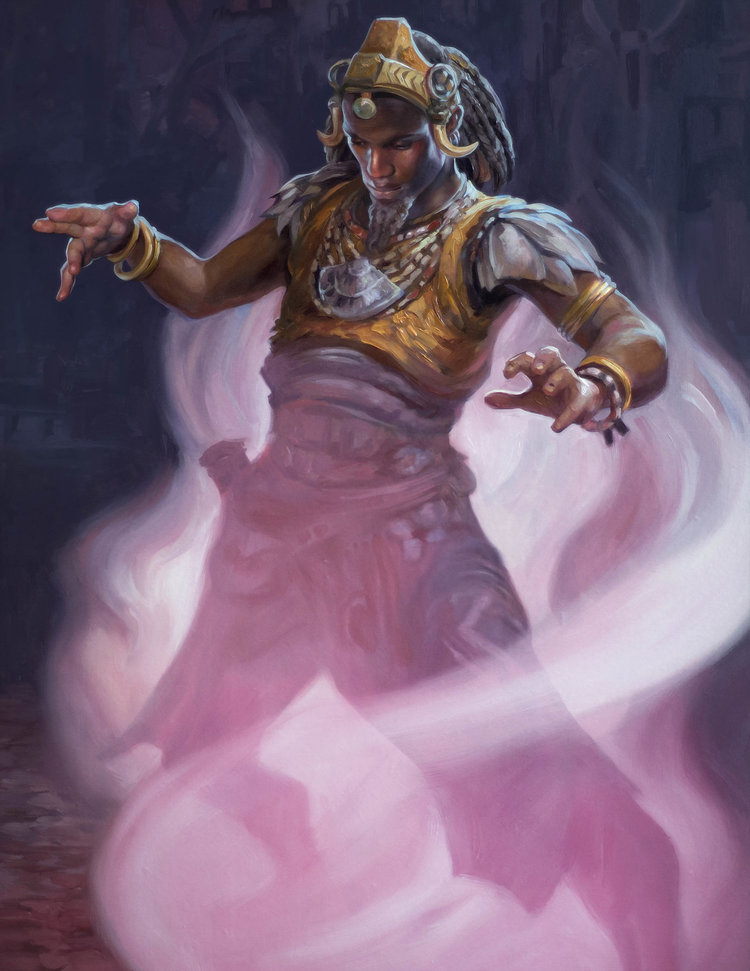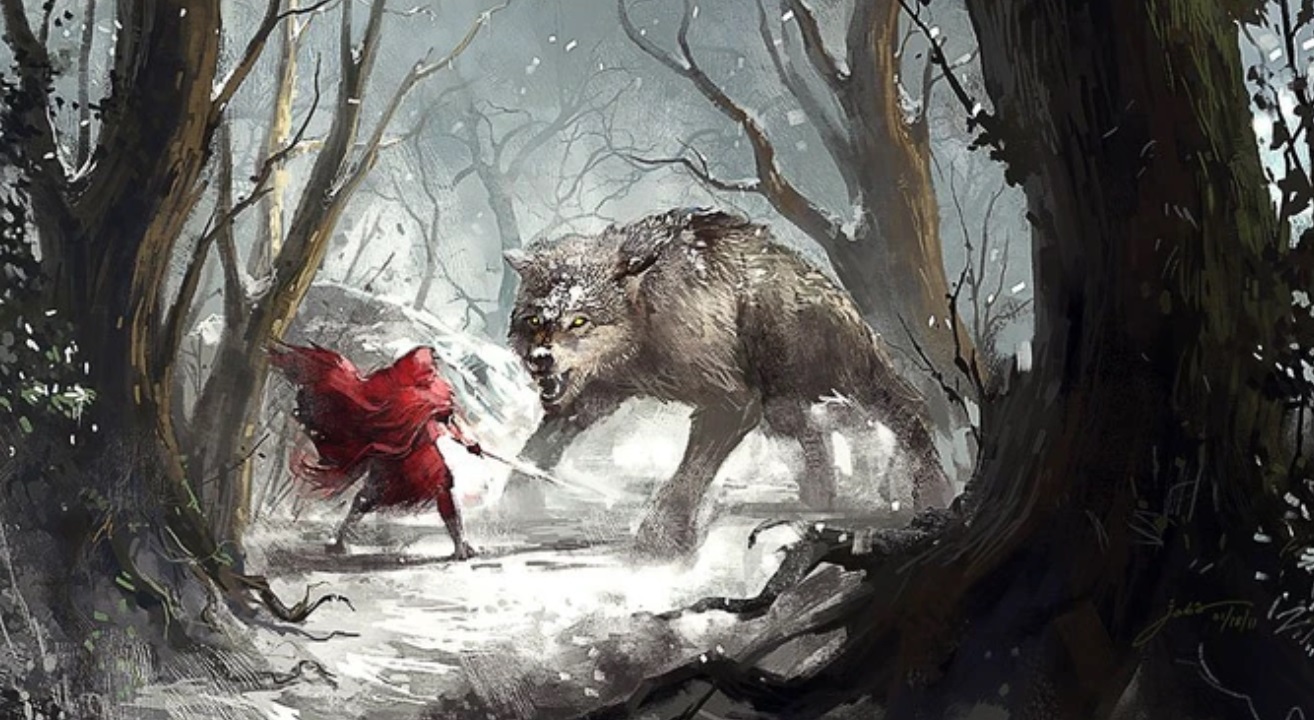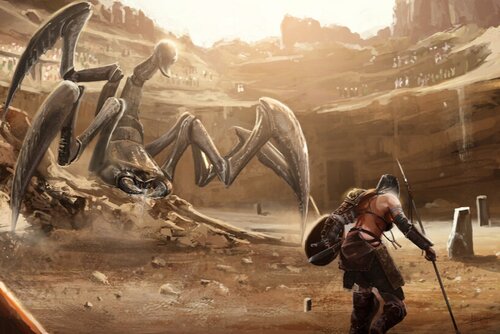D&D’s Dungeons Get Delvier With ‘Level Up’s New NODES System
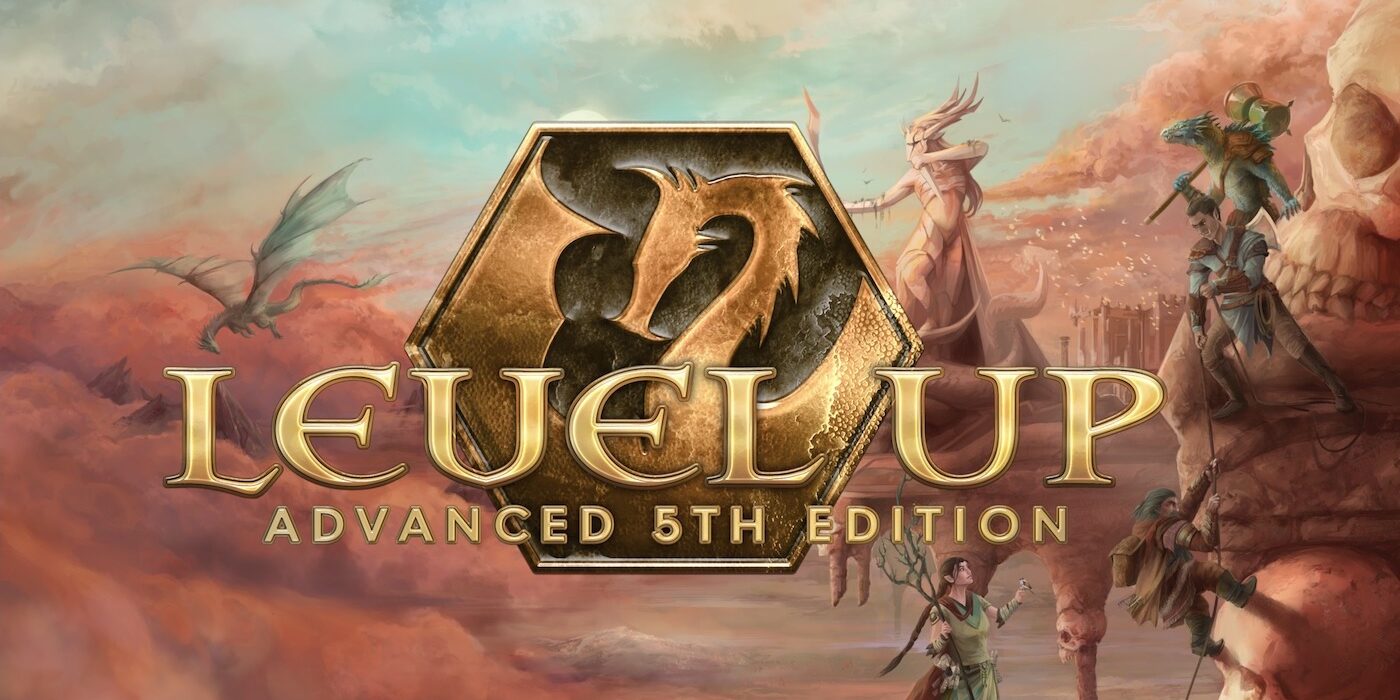
The Dungeon Delver’s Guide will bring Advanced 5th Edition to your dungeons. A preview of Level Up’s new NODES system makes exploring easy.
Dungeons & Dragons, according to its designers, has three pillars of gameplay. Combat. Roleplaying. Exploration. This last one is an often under-utilized one. Exploration gets so little support in comparison to the other two.
Combat and roleplaying have mechanics and spells that enhance them. Meanwhile, Exploration routinely gets nullified by those same mechanics. Most “exploration” features just let you ignore that pillar altogether.
But that’s something Level Up hopes to change. With the Dungeon Delver’s Guide for the Advanced 5th Edition ruleset, they introduce a whole swath of mechanics for exploring and getting more out of dungeons. And in a preview today, they unveiled the NODES system, which will bring Level Up’s Advanced 5th Edition to your dungeon design.
Level Up’s NODES System Adds Variety to Dungeons
What is the NODES system? As Level Up outlines on their website, it’s a tool for adventure and dungeon design that adds broader appeal to your creations. Think of it as a list of guidelines to make sure you have something for every type of player.
Combat encounters for hack and slashers. Puzzles for that one player who’s always doing crosswords or sudoku on their phone. Roleplaying encounters and story beats for the actors who are currently scratching their theatrical itch by playing D&D between performances.
In a nutshell it’s your guide to making sure that every dungeon feels memorable and alive. Level Up’s NODES system stands for Novelties, Obstacles, Discoveries, Escalaions, and Set-Pieces.
Each one of these categories helps your dungeon stand out. Let’s take a look at how Level Up defines each part of the NODES system.
NODES – Novelties
Novelties are the exciting new things. When you break into a goblin fort for the hundredth time it starts to feel like old hat. But when you break into the goblin fort and find a weird ballroom with goblin society gathered, you remember that encounter.
As Level Up outlines, “one of the best ways to introduce novelty is with a fantastic vista.”
-
Grand scale. Dungeons are usually cramped, and it’s nice to give breathing room to an important area by placing it against a huge backdrop. Give your players a view of vast caverns, endless corridors, subterranean oceans, and towering spires.
Advertisement -
Dizzying depths. Chasms are great, especially when spanned by narrow bridges. What’s at the bottom? Blackness? Twinkling lights of unknown origin? Glowing lava?
- Violation of natural laws. Examples include Escher-like altered gravity, with furniture, stairs, and doors on the walls and ceiling; objects slowed or frozen in time, like unmoving torch flames; underground wilderness, such as forests; weather, such as snow or mist; and spell effects, like fly and detect thoughts, applied to all who enter.
Obstacles
Obstacles are the locked doors and broken bridges and other non-combat problems that stand in the way of characters moving forward. Locks, puzzles, and traps are the most common examples. But one of the tricks in Level Up’s NODES system is to include keys that visually line up with their paired lock. For instance:
-
Lock: A bronze door engraved with a stag’s head. Key: A key carved of horn.
Subscribe to our newsletter!Get Tabletop, RPG & Pop Culture news delivered directly to your inbox.By subscribing you agree to our Terms of Use and Privacy Policy. -
Lock: A mithral door enameled with green vines. Key: A mithral key with a head shaped like a leaf.
-
Lock: A black door set in the mouth of a giant skull. Key: A bone key set with literal teeth.
-
Lock: A door shaped like a shield. Key: A key that resembles a sword.
Advertisement -
Lock: A keyhole shaped like an hourglass. Key: A sandstone key with the same peculiar shape.
Discoveries
Discoveries are the rewards. They might be literal rewards, like treasure or magic items. Or they’re things that make exploring the dungeon easier, like keys or secret doors. Anything that you can uncover is exciting. And in the NODES preview, we get to see social interaction as a “dungeon Discovery.”
Social interactions are rewarding in and of themselves, and they turn what can be an empty-feeling dungeon environment into a living place. A potential ally, an enemy willing to talk, or an untrustworthy entity proposing a deal can provide narrative juice, motivation, and meaning that enhances the rest of the dungeon.
Escalation
This is where things get dangerous. Escalations are threats and monsters. Or they’re the little things that let you know you’re racing against a clock. You made some noise and now guards are coming to investigate.
The prisoners you came to rescue are going to be executed at dawn. A new patrol starts with the changing of the guards. In essence, this section is all about pacing. And Level Up’s NODES system includes an alert level chart you can employ to track how active the dungeon is at any time.
Set Pieces
Finally we come to Set Pieces. These are the showstopper moments. The climactic battle on a collapsing bridge. The final boss fight—especially if there are multiple phases. The Dungeon Delver’s Guide will highlight these, so keep an eye out for more.
Learn more about Level Up’s NODES System
Happy Adventuring

